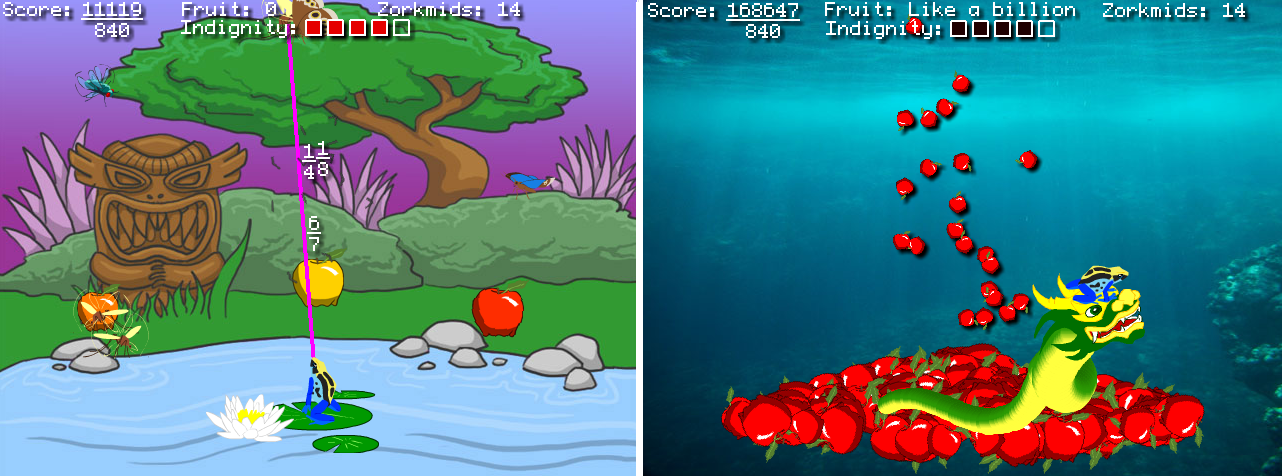|
Mental models are concepts we use to help ourselves understand new stimulus by association to other stimulus. If a stimulus cannot be matched with something else we set it up as the base mental model. “The image of the world around us, which we carry in our head, is just a model. Nobody in his head imagines all the world, government or country. He has only selected concepts, and relationships between them, and uses those to represent the real system” (Forrester, 1971). As gamers we do have mental models of our own that we expect companies to respect. For example in every game the OK button should be ‘X’ on PlayStation and ‘A’ on the Nintendo Switch. I learnt first hand that mental models can lead you to assume something about a certain stimulus which is false due to past experiences with a similar stimulus. For this week we were told to play a game called Frog Fractions. At first glance the game looks like a children’s educational game. Bugs flying down and you must eat them to protect the fruit. When you eat a bug it pops out a random fraction. Seeing that the score was also in fractions I was thinking that this was a way for them to teach children how to add up fractions but in all honesty I was not doing the math. The game also has a typing game to make it seem more like a learning game. Having this idea of it being a mediocre educational game I did not test the games like usually do. Having the mental model associated with educational games I completely threw my explorative nature out the window as educational games are usually rigid and follow a very ludic structure. When I had the dragon upgrade kept pressing down by mistake and this took me away from the main screen to find “billions of fruit” on the lakebed. This excessive amount of in game currency allowed me to buy a warp drive which allowed me to go to mars. From this point on the game is a completely different and weird game. References
Forrester, J.W., 1971. Counterintuitive behavior of social systems. Technological Forecasting and Social Change, 3, pp.1-22.
0 Comments
Leave a Reply. |
AuthorWrite something about yourself. No need to be fancy, just an overview. Archives
June 2019
Categories |

 RSS Feed
RSS Feed